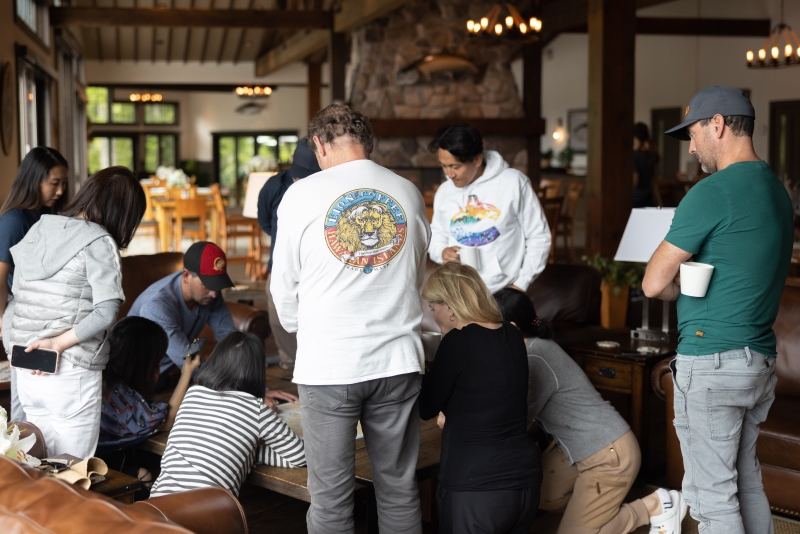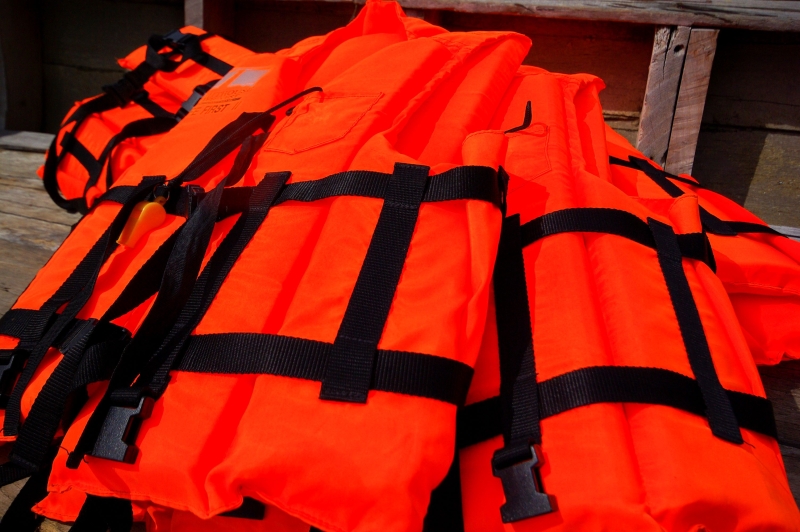Safety Briefing for Boating Guests
4th November 2024

Your safety briefing can be customized based on the location, duration of the outing, number of experienced crew on board, and your guests’ familiarity with boating.
The primary goals of a safety briefing are to keep guests safe and help them understand what to do in case of an emergency. The following list includes key points for a basic safety briefing. Cover the essentials without overwhelming guests so they can enjoy the adventure!

Critical Points to Cover:
- Captain’s Responsibility: Identify the captain as the primary person in charge, especially during emergencies, and note the alternate if the captain becomes incapacitated.
- Life Jackets, Tethers, and Jacklines: Show the location, fitting, use, and any policies on their use.
- Emergency Communication: How to operate the VHF radio if needed.
- Life Raft: Location and deployment instructions.
- Ditch Bag and EPIRB/Personal Locator Beacons: Location and purpose.
- First Aid Supplies: Location and basics on using the kit.
- Fire Extinguishers: Location and basics of use.
- Engine and Autopilot Controls: Turning the engine on and off, and disengaging the autopilot.
- Mobility and Safety Protocols: Avoid having lines in the water; understand MOB (Man Overboard) equipment and rescue procedures.
- Awareness: Encourage guests to mention anything unusual, such as water on the floor, fuel or propane smells, or smoke.
- Safety Cues: When you hear “Hang on!” from the captain, hold on immediately.
- Request Assistance: Ask for instructions before using unfamiliar equipment to prevent accidents or damage.
- Report Issues: Let the captain know if anything breaks or seems out of the ordinary.
General Safety Briefing Tips:
- Stay on Board: Keep your focus on remaining onboard at all times.
- One Hand for the Boat: Practice holding onto the boat securely.
- Sailboat-Specific Tips: Watch for the boom and learn terms like “ready about,” “hard alee,” and “jibe ho” for safe maneuvering.
- Winches: Understand how winches work and avoid getting hands caught.
- Hatch Management: Keep hatches closed unless directed otherwise.
- Restricted Areas: Identify any surfaces not meant for walking or holding.
- Boarding and Moving Around: Safe ways to board, disembark, navigate steps, and secure lockers.
- Propane Use: Get guidance before using propane systems.
- Anchoring, Mooring, and Docking: Outline each person’s role in these procedures.
Health and Wellbeing
- Medical Summary: Note the location of the medical summary form, if applicable.
- Sun Protection and Hydration: Emphasize staying hydrated and protected from the sun, or staying warm.
- Speak Up: If you’re not feeling well or are injured, let someone know.
For longer or overnight trips, consider additional briefings on boat systems, dinghy use, and handling water intrusions (bilge pumps, plugs, etc.). There’s no need to cover everything all at once—save details as needed to avoid overwhelming guests.
Listening to your guests is also key to a great safety briefing. Here are a few questions to ask before setting off:
- Are there any specific concerns or fears on the water?
- Can you swim?
- Have you been on a boat like this before?
- Are you prone to seasickness, and did you bring a remedy?
- Do you have any medical conditions we should know about?
- Any allergies, especially to food or insects?
Taking a few moments to review safety will help create a smooth and memorable trip for everyone!


